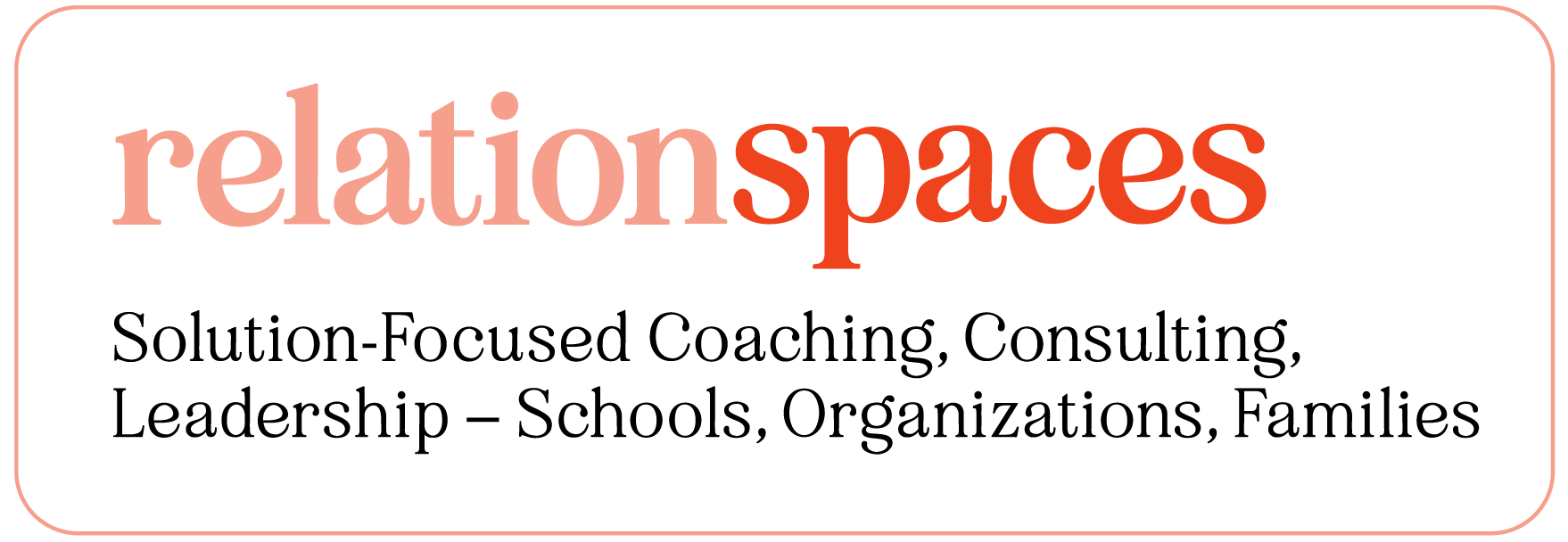Susan David PhD, a psychologist with Harvard Medical School, authored Emotional Agility; Get Unstuck, Embrace Change and Thrive in Work and Life, where she addresses distress as an emotional state that we stigmatize because we view it as weakness. To support ours and others’ wellbeing, she suggests mindfully sending messages that normalize distress.
Distress is generally described as emotional pain, suffering, sorrow, worry. We dislike seeing others in distress because we’ve known it ourselves in one way or another, and we don’t want others, especially our children/students to have these experiences. Given the stigma we also feel around distress, we are motivated to help and mobilize our young people in need, and have conversations that often center on the following questions: How can we lift them out of their distress? How can we get them out of the house or to do better at school? How can we motivate them in general? How is their state of being negatively affecting their learning/relationships? How can we encourage better behavior in them? These are all valid questions, yet they point to shifting behavior rather than supporting individual needs. They also point to how we can help the young person, as opposed to how we can support them in helping themselves in ways that are meaningful to them. Perhaps:
- They know what they want/need and just aren’t ready to articulate it.
- The distress itself may be helping/serving a purpose for them in the moment.
- There may be some things that are working for them, even in the midst of their distress.
- Their personal assets can contribute to managing their distress.
Our good intentions and plans to support may fall flat, as our agenda for our young peoples’ wellbeing is poorly received by them. They may feel blamed and/or pressured to conform. They may feel ashamed and isolated as we describe them as anxious, angry, depressed, fearful, etc.. How can we set aside our own expectations and productively shift from taking charge of our young peoples’ behavior in the moment? How can we seek to understand and validate our children’s distress instead?
Haesun Moon PhD, a communication scientist and author of Coaching A to Z; The Extraordinary Use of Ordinary Words, researches micro-interactions between people. She proposes that peoples’ behaviors and complaints are expressions of their needing to be heard. She motivates us to look beyond behavior as we move to expressions of compassion that value others.
When we prioritize compassion with our youth in distress, and truly listen to their concerns and needs, we invite them to unconditionally belong even when they feel that they’re not belonging. We send spoken and unspoken messages that:
- Our value as human beings is based on the fact that we are, and not on how we behave at any given time.
- Human beings aren’t always at our best.
- That when we’re not, it’s for a good reason.
- That with help and support, we can work toward feeling better.
When young people feel heard and understood, they openly share their thoughts and emotions and begin to entertain opportunity. These types of supportive interactions focus on emotional wellbeing rather than on behavior. Also, in a solution-focused context, we recognize that the personal challenges that young people experience, are not always present. There are periods of exception when young people are using personal strengths and resources to help themselves cope. We can support them to resourcefully recall these times of exception. E.g., ‘When was the last time you went to school? What was happening then? How did you manage to get yourself to school? What did you notice that was helpful’? We can also ask them what they want or what they want instead of what is happening now. E.g., ‘What would you like to be different? When things are better, what will that look like? How do you know’? By engaging in supportive and non-judgemental solution-focused conversations, we help our young people to imagine and articulate their best hopes – empowering them to have agency to start taking small steps toward self-help.
Even if they don’t see it yet, young people know themselves well enough, and have had experiences that inform their decisions. They are more likely to discover what they want when given the opportunity to engage in safe conversations where they have the freedom to articulate their distress, their needs and wants, and to celebrate themselves even in times of distress. Such conversations help them to elevate the human condition in all its forms, and to positively shift their current state of being.
Thank you for reading this newsletter. Please let me know if you have any questions or comments. As well, let me know if you have any topics of interest, regarding relationships in general, at home, at school and at work. You can also subscribe to this newsletter on LinkedIn.



